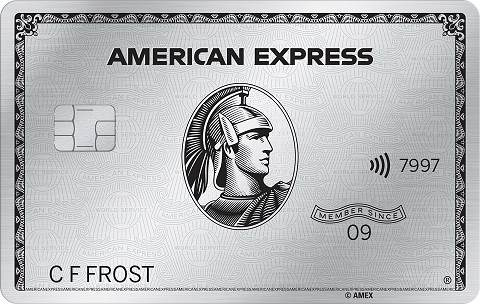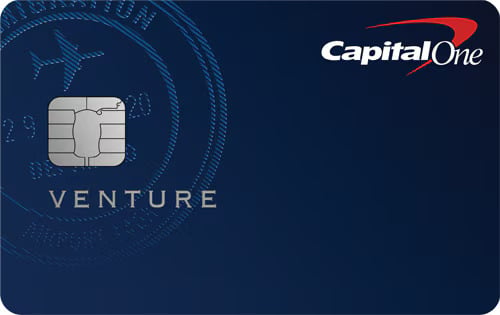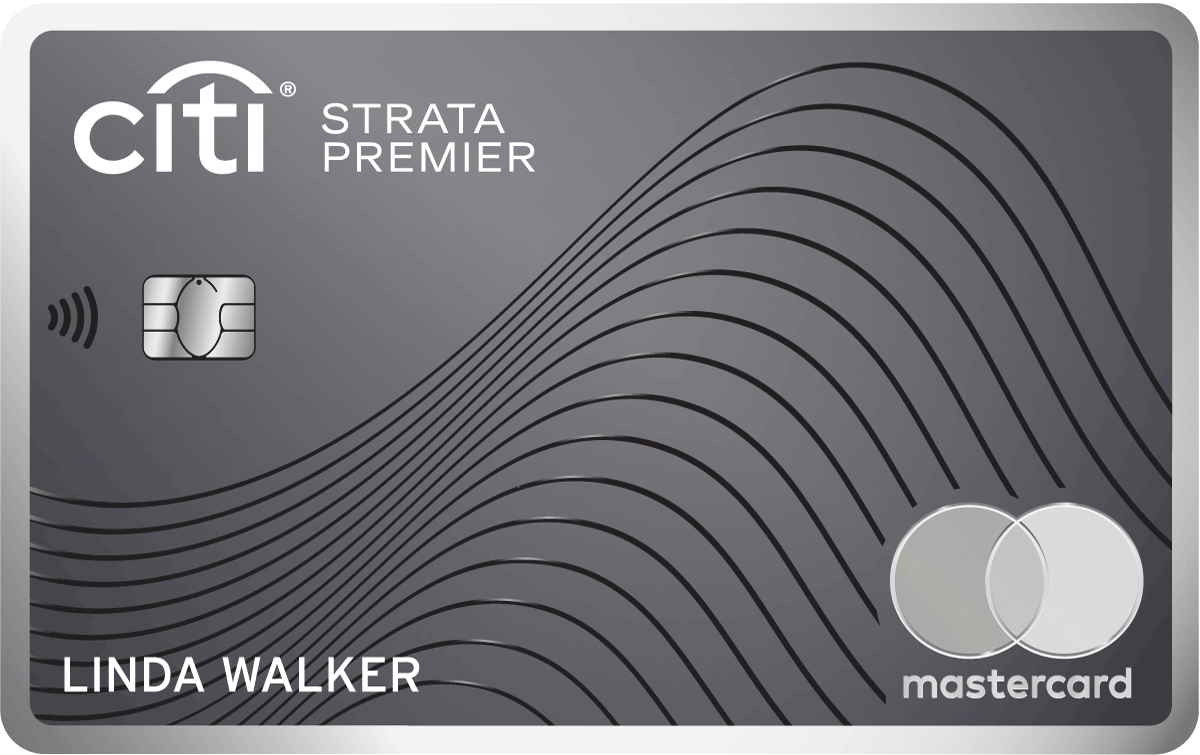How to Avoid International ATM Fees: 7 Easy Ways
Many banks offer checking accounts that won't charge fees for using foreign or out-of-network ATMs.
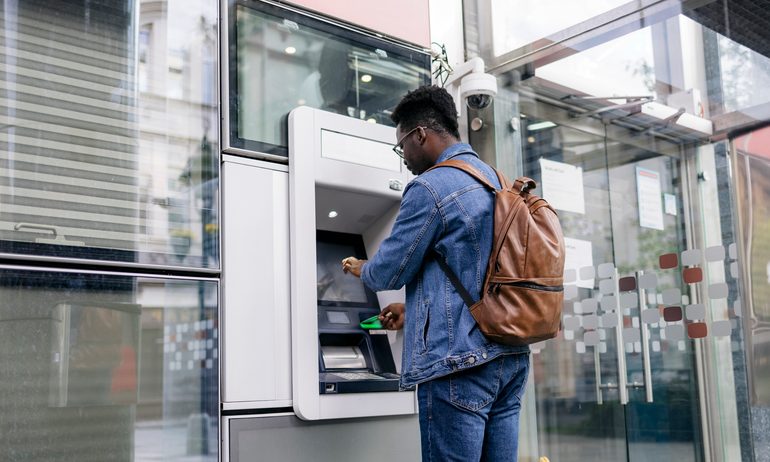
Many or all of the products on this page are from partners who compensate us when you click to or take an action on their website, but this does not influence our evaluations or ratings. Our opinions are our own.
Table of Contents
When you’re traveling out of the country and go to withdraw cash in the local currency, fees can hit you from every direction: from your bank, the ATM, even currency commissions.
With a bit of planning and understanding, though, you can save some cash on pesky hidden charges. Here are all the types of foreign ATM fees you could encounter along with six way to these fees when you travel.
Types of foreign ATM fees
Here are the types of fees you should be aware of when using a debit card and ATM abroad.
Foreign transaction fees
Foreign transaction fees are charged by your bank for currency conversion.
If your bank charges foreign transaction fees — and many do — you’ll pay a percentage of the total withdrawal amount, usually 1% to 3%, for using your card at a foreign ATM (or anywhere else abroad).
Out-of-network ATM fees
This is the fee your bank charges for using a non-network ATM outside your home country. Often, it’s a flat fee that you’ll pay per withdrawal and is likely $2 to $5.
ATM surcharge
The ATM or its affiliated bank also charges a fee, which is likely several dollars, in exchange for its use.
Currency conversion fees
When you withdraw money from a foreign ATM, the machine will sometimes offer the choice to convert transactions into your home currency, but this can involve hidden currency conversion fees, sometimes as high as 7%.
» Learn more: What banks charge for debit foreign transaction fees
1. Use a travel credit card instead
Instead of looking for ATM machines and withdrawing cash to pay for your purchases, consider using a travel credit card that waives foreign transaction fees.
That way, you can skip ATM fees and not need to worry about carrying a lot of cash around with you.
Here's a selection of popular travel cards that also waive foreign transaction fees.
$695.
$95.
$95.
$95.
Earn 80,000 Membership Rewards® Points after you spend $8,000 on eligible purchases on your new Card in your first 6 months of Card Membership. Terms Apply.
Enjoy $250 to use on Capital One Travel in your first cardholder year, plus earn 75,000 bonus miles once you spend $4,000 on purchases within the first 3 months from account opening - that’s equal to $1,000 in travel.
Earn 100,000 bonus points after you spend $5,000 on purchases in the first 3 months from account opening.
Earn 60,000 bonus ThankYou® Points after spending $4,000 in the first 3 months of account opening, redeemable for $600 in gift cards or travel rewards at thankyou.com.
If you're not necessarily looking for a travel card and just need a card that waives foreign transaction fees and also has no annual fee, those are available as well.
» Learn more: The best travel credit cards right now
2. Choose a bank that doesn’t charge foreign ATM fees
If you have accounts with more than one bank or are considering setting up an account at a new bank and you travel often, consider banks that don’t charge foreign transaction fees or foreign ATM fees.
For example:
A Capital One 360 checking account won’t charge you fees for using an out-of-network ATM.
HSBC doesn’t charge foreign transaction fees or foreign ATM fees, plus it has international ATMs.
USAA international ATM fees don’t exist, either (though a 1% foreign transaction fee still applies).
Chase international ATM fees vary depending on what type of checking account you have. The Chase Sapphire Checking account charges no fees for foreign ATM use.
Bank of America international ATM fees cost a flat $5.
Wells Fargo international ATM fees cost $5 for two of their checking accounts — Clear Access and Everyday checking — while Wells Fargo Prime and Premier account holders pay $0.
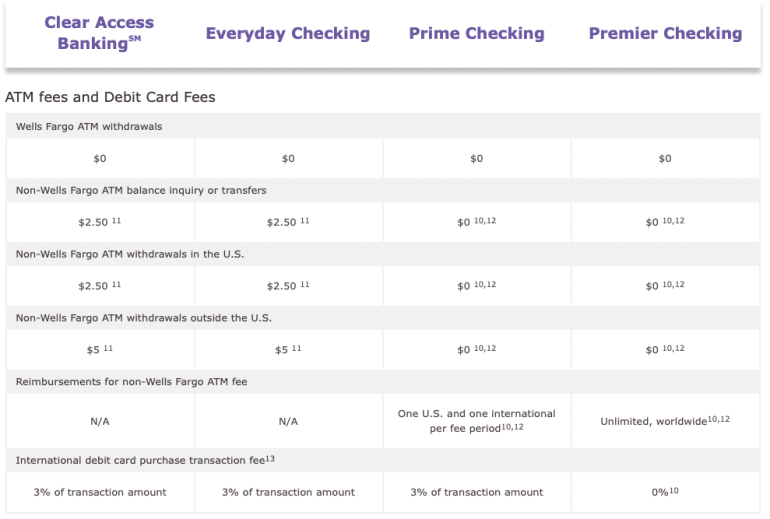
3. Use a bank that reimburses ATM fees
Alternatively, check whether your bank refunds out-of-network ATM fees. USAA will reimburse up to $10 in ATM surcharges, while Wells Fargo will reimburse one foreign ATM fee per month if you have a Prime account, and for its Premier checking accounts, reimbursement is unlimited.
A Chase Sapphire Checking account offers a fee refund if you are charged by non-Chase ATMs.
Check your account details or contact your bank to see whether your account features that benefit.
4. Use your bank network's ATMs or partner ATMs
If your bank operates ATMs around the world, like HSBC, find out where those ATMs are and whether there are any where you’re headed; if so, use those if at all possible.
If your bank doesn’t operate outside the U.S., check whether it’s part of any fee-free ATM networks that do.
5. Pay in local currency
If a foreign ATM offers the option to pay or withdraw in your home currency or the local currency, always choose to pay in the local currency because your bank may offer a better conversion rate.
» Learn more: How to order foreign currency before you travel
6. Reduce ATM usage
While it’s not always ideal to waltz around a foreign city with loads of cash in your wallet, reducing the frequency that you withdraw money from a foreign ATM can save you more than a few dollars.
Withdraw as much cash at one time as you feel comfortable with and keep it in a safe place. This will reduce how often you have to make another withdrawal and pay another fee.
Additionally, any time you can pay with a credit card, do so. You’ll avoid additional fees as long as you use a card with no foreign transaction fees.
» Learn more: Excellent no foreign transaction fee credit cards
7. Use your debit card to get cash back at a store
Not every establishment allows you to request cash back when you make a purchase, but it’s worth asking about during checkout.
If a business permits it, requesting cash back when you swipe your card may help you avoid an ATM foreign transaction fee. Just make sure you use a debit card with no foreign transaction fee to avoid an additional charge.
» Learn more: How to avoid foreign transaction fees
Final thoughts on avoiding international ATM fees
It’s possible to avoid international ATM fees when you travel. You just need to understand how foreign fees work, look into your bank’s fee structure and plan withdrawals wisely.
An easier way to do so is to get a travel credit card that waives foreign transaction fees so that you don't need to goto the ATM often or carry large amounts of cash with you.
How to maximize your rewards
You want a travel credit card that prioritizes what’s important to you. Here are some of the best travel credit cards of 2025:
Flexibility, point transfers and a large bonus: Chase Sapphire Preferred® Card
No annual fee: Wells Fargo Autograph® Card
Flat-rate travel rewards: Capital One Venture Rewards Credit Card
Bonus travel rewards and high-end perks: Chase Sapphire Reserve®
Luxury perks: The Platinum Card® from American Express
Business travelers: Ink Business Preferred® Credit Card
Chase Sapphire Preferred® Card
Travel
Dining
🔥 Huge highest-ever bonus on NerdWallet's 2025 Best All-Purpose Travel Rewards Card is back. Don't miss your rare chance to: Earn 100,000 points when you spend $5,000 on purchases in the first three months. That's worth at least $1,250 toward travel booked through Chase.


